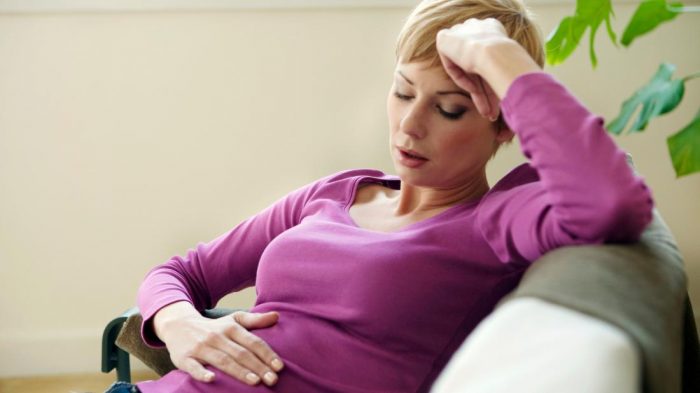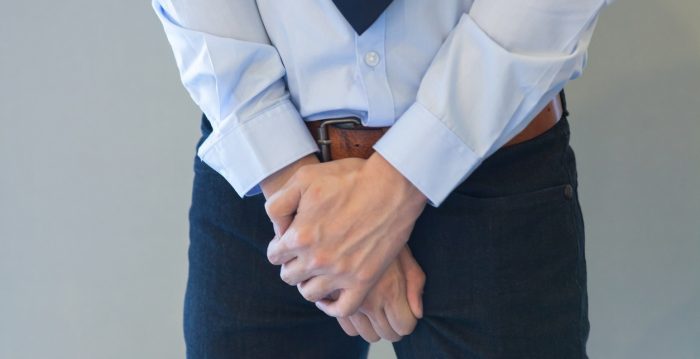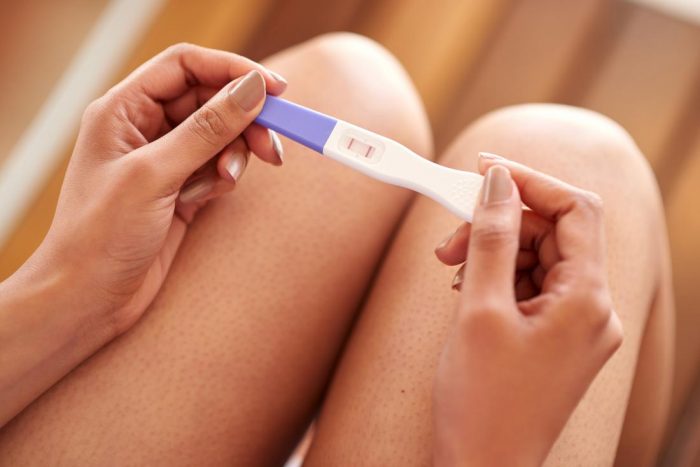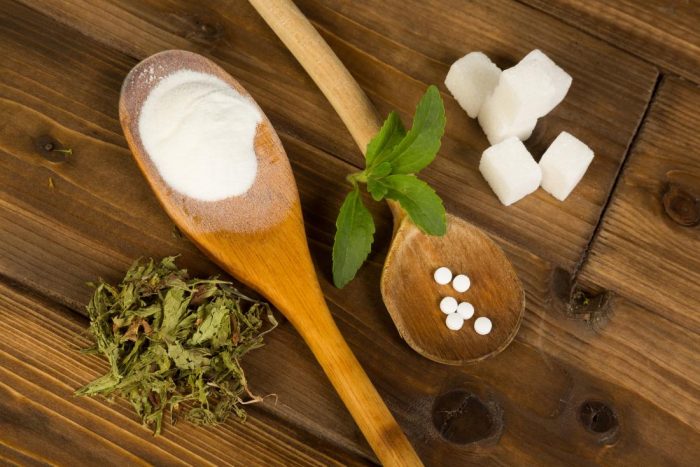Regular vaginal discharge is a sign of a healthy female reproductive system. Normal vaginal discharge contains a mixture of cervical mucus, vaginal fluid, dead cells, and bacteria.
Females may experience heavy vaginal discharge from arousal or during ovulation. However, excessive vaginal discharge that smells bad or looks unusual can indicate an underlying condition.
This articles discusses why someone may have heavy vaginal discharge and what they can do about it.
1. Arousal
Sexual arousal triggers several physical responses in the body. Arousal increases blood flow in the genitals. As a result, the blood vessels enlarge, which pushes fluid to the surface of the vaginal walls.
Arousal fluid is clear and watery with a slippery texture. This fluid helps lubricate the vagina during sex.
Other signs of female arousal include:
- increased heart rate and breathing
- flushing of the face, neck, and chest
- swelling of the breasts
- erect nipples
2. Ovulation
Cervical fluid is a gel-like liquid that contains proteins, carbohydrates, and amino acids. The texture and amount of cervical fluid both change throughout a female’s menstrual cycle.
For example, after menstruation, cervical fluid has a thick, mucus-like texture. It can be cloudy, white, or yellow.
Estrogen levels increase closer to ovulation. This causes the cervical fluid to become clear and slippery, similar to that of raw egg whites.
Cervical fluid discharge increases during the days leading up to ovulation and decreases after ovulation. Females may have no discharge for a few days after their period.
3. Hormonal imbalances
Hormonal imbalances related to stress, diet, or underlying medical conditions can cause heavier vaginal discharge.
Polycystic ovary syndrome (PCOS), for example, refers to a set of symptoms that occur as a result of hormonal imbalances. According to the Centers for Disease Control and Prevention (CDC), PCOS affects up to 5 million females in the United States.
Those with PCOS have higher levels of male hormones called androgens. Increased androgen levels can:
- change the amount or texture of cervical fluid
- cause irregular periods
- prevent ovulation
Not everyone with PCOS will have increased vaginal discharge. Paying attention to other PCOS symptoms may help someone identify and seek treatment for the condition faster.
Some other symptoms of PCOS to look out for include:
- fewer than eight periods in 1 year, or periods that occur every roughly 21 days
- excess facial and body hair
- thinning hair or hair loss
- acne on the face and body
- weight gain
- darkening of the skin on the neck, groin, or breasts
- skin tags on the armpits or neck
Hormonal birth control, such as birth control pills and intrauterine devices, can also cause increased vaginal discharge, especially during the first few months of use.
Excess vaginal discharge and other symptoms, such as spotting and cramping, usually resolve once the body adjusts to the hormonal birth control.
4. Vaginitis
Vaginitis refers to inflammation of the vagina, which can occur from an infection or irritation due to factors such as douches, lubricants, and ill-fitting clothing.
Vaginitis can cause thick vaginal discharge that may be white, gray, yellow, or green.
Other symptoms of vaginitis include:
- foul vaginal odor
- an itching or burning sensation in the genital area
- redness or inflammation of the vagina
- pain or discomfort when urinating
- pain during sexual intercourse
5. Bacterial vaginosis
Bacterial vaginosis is a condition that results from an overgrowth of bacteria in the vagina. This vaginal infection is the most common among females aged 15–44 years.
The exact cause of bacterial vaginosis remains unclear. Females can develop bacterial vaginosis after sexual intercourse. However, this condition is not a sexually transmitted infection (STI).
According to the Office on Women’s Health, those who have bacterial vaginosis may notice a milky or gray-colored vaginal discharge. Some also report a strong, fishy vaginal odor, especially after sexual intercourse.
Bacterial vaginosis can also cause:
- discomfort when urinating
- painful burning or itching in the vagina
- irritation of the skin around the vagina
6. Yeast infection
Vaginal yeast infections result from an overgrowth of the Candida fungus. Females of all ages can develop a vaginal yeast infection, and nearly 70% will have a yeast infection at some point in their lives.
The most common symptom of a vaginal yeast infection is an intense itching in the vagina and vulva.
Vaginal yeast infections can also cause an odorless vaginal discharge that looks similar to cottage cheese.
Vaginal yeast infections are treatable at home using over-the-counter antifungal ointments. Symptoms should improve within a few days. However, severe infections can last longer and may require medical treatment.
7. Trichomoniasis
Trichomoniasis is an STI caused by a parasite. Females can develop trichomoniasis after having sex with someone who has the parasite.
Although most people who have trichomoniasis do not experience symptoms, some may have an itching or burning sensation in the genital area.
Trichomoniasis infections can also cause excess vaginal discharge that has a foul or fishy odor and a white, yellow, or green color. It may also be thinner than usual.
What is healthy discharge?
Healthy vaginal discharge varies from person to person. It also changes throughout their menstrual cycle.
In general, healthy vaginal discharge can appear thin and watery or thick and cloudy. Clear, white, or off-white vaginal discharge is also perfectly normal.
Some females may have brown, red, or black vaginal discharge at the end of their menstrual periods if their vaginal discharge still contains blood from the uterus.
Natural hormonal changes during ovulation can cause an increase in vaginal discharge, which should return to normal after ovulation.
When to see a doctor
It is not always necessary to see a doctor about excessive vaginal discharge. However, a female may want to consider seeing their doctor if their vaginal discharge has an abnormal appearance.
Yellow, green, gray, or foul-smelling vaginal discharge could indicate an infection. Other reasons to see a doctor include:
- itching or burning near the genitals
- discomfort or pain when urinating
- discomfort or pain during sexual intercourse
Possible treatment options
Treating excess vaginal discharge depends on the underlying cause.
People can reduce symptoms of vaginitis by avoiding the source of irritation. Doctors can treat bacterial vaginosis and yeast infections using antibiotics or antifungals.
Doctors can also treat trichomoniasis using antibiotics. The CDC recommend that females wait 7–10 days after receiving treatment before having sex.
Treatment for PCOS varies depending on the individual. A doctor may recommend a combination of lifestyle changes and medications to help people manage their symptoms and regulate their hormone levels.
Maintaining a healthy body weight and eating a varied diet low in added sugars may also help improve some symptoms of PCOS. Birth control pills that contain estrogen or progestin can help balance out excess levels of androgens.
Tips for managing heavy vaginal discharge
Even healthy vaginal discharge can cause discomfort at times. Here are some tips for managing heavy vaginal discharge:
- Wear panty liners. However, be sure not to let them become too moist, as this can increase the risk of urinary tract infections and vaginitis.
- Choose breathable underwear made from natural fibers such as cotton.
- Avoid wearing tight pants.
- Avoid using hygiene products that contain added fragrances, coloring agents, or other harsh chemicals.
- Keep the genital area clean and dry.
- Wipe from the front to the back when using the bathroom.
Outlook
Excess vaginal discharge can occur as a result of arousal, ovulation, or infections. Normal vaginal discharge ranges in color from clear or milky to white.
The consistency of vaginal discharge also varies from thin and watery to thick and sticky. Generally, healthy vaginal discharge should be relatively odorless.
A female can speak with a healthcare professional if they notice any symptoms of an infection. Some symptoms to look out for include:
- yellow, green, or gray vaginal discharge
- foul-smelling vaginal discharge
- discharge that looks similar to cottage cheese
- itching or burning in or near the genitals
Doctors can easily treat most vaginal infections using antimicrobial medications. Depending on the severity of the infection, people may see their symptoms improving within a few days to weeks.










